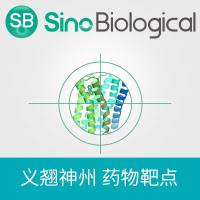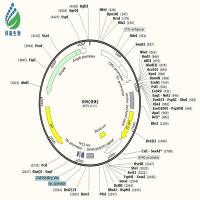The identification of proteins involved in mitochondrial biogenesis remains an important challenge. In the past decade, it has become clear that a biochemical approach is limited by the investigator’s ability to develop a highly specific assay that differentiates the mitochondrial form from what generally prove to be multiple, and much more abundant, nuclear counterparts. A case in point is the mitochondrial DNA polymerase, pol γ. Pol γ was the third DNA polymerase identified in animal cells (1 ,2 ) and remains the only DNA polymerase known to function in mitochondria of the now at least 12 cellular DNA-directed DNA polymerases (3 ). Through the development of a differential assay using high salt, we were able to purify the Drosophila holoenzyme form to near homogeneity for the first time from any source (4 ). The use of partially purified mitochondria was also critical, because in this and subsequent purification schemes for other mitochondrial proteins, we have observed repeatedly that the use of gradient-purified mitochondria results in large losses in yield. Thus, the take-home lesson in the biochemical identification of new mitochondrial activity is to develop a differential assay and to optimize the yield of the mitochondria from which extraction is pursued. Regarding the purification protocols presented, we have found that the chromatographic matrices used are, in general, efficacious for proteins involved in nucleic acid metabolism. In addition, hydroxylapatite, double-stranded DNA cellulose, ATP agarose, and protein affinity chromatography resins are also generally useful. The order of use can be varied to good purpose, but as a rule of thumb, phosphocellulose as a first step is effective to eliminate approx 90% of bulk mitochondrial protein while retaining nucleic acid binding proteins, and velocity sedimentation is efficacious as a final step to remove adventitious nuclease activities that are invariably of low molecular mass and to remove any small ligands introduced in affinity chromatography steps. The velocity sedimentation is, of course, also useful for linking activity and polypeptide profiles and for obtaining an S value of the native protein to help in the determination of subunit structure.






